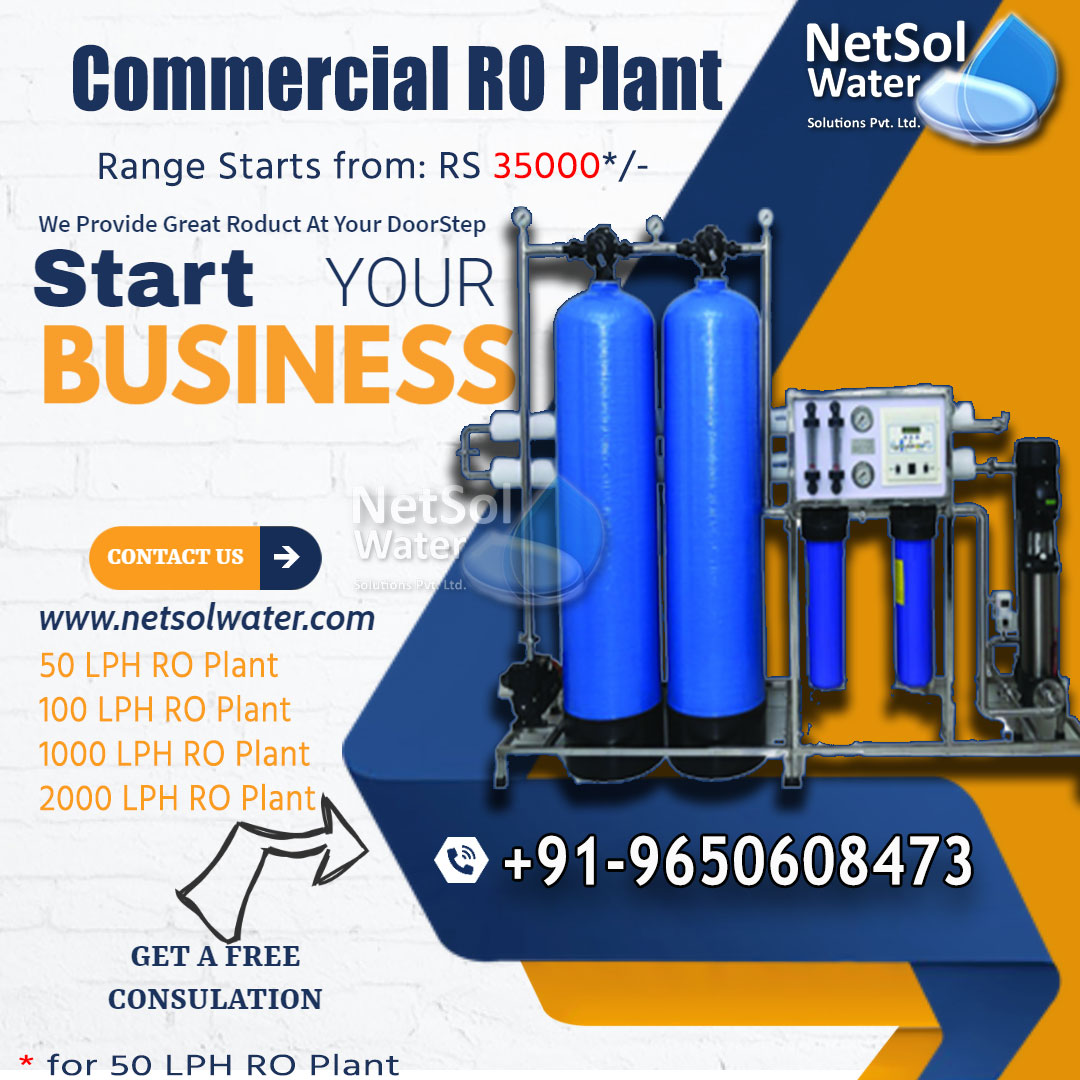What are Drinking Water Plants?
Drinking water plants purify water by removing hazardous substances that are present in it through a series of processes. These plants, in addition to cleaning water, contribute nutrients and therapeutic value to it, making it suitable for drinking.
The section that follows discusses all of the resources, techniques, and others needed for effectively establishing a mineral water plant.
Processes Used in Drinking Water Plants
1: Coagulation: In tanks, raw water from the aforementioned sources is collected. Following that, alum is added to the water to remove any insoluble impurities.
2:Reverse Osmosis: After coagulation, the water is kept for roughly an hour to allow all additional contaminants to settle. The pressure is then transferred to water via a semi-permeable membrane. This aids in the removal of big particles and ions from water.
3: Chlorination: The chlorine gas is bubbled through the water, killing bacteria and other minute pathogens.
4: Sand Filtering: The water is then forced to flow through efficient sand filters, allowing the remaining pollutants to be removed.
5: Carbon Filtering: This stage is used to remove odours, colours, and to de-chlorinate water.
6: Ultraviolet Disinfection System: As the name implies, an ultraviolet disinfection system is then used to eliminate any remaining bacteria and germs. This treatment ensures that the water is fully germ-free.
7: Bottling: Finally, the treated water is bottled in various sizes, allowing packaged drinking water to be sold.
What are the Factors to Setting up Drinking Water Plants?
1: Water Source: Installing water plants necessitates the use of a water source. This source could be a well, a river, or even a borehole.
2: Manpower requirements: Setting up a water treatment plant necessitates the use of efficient manpower. The water plant requires technical, administrative, marketing, and labor workers to meet its staffing requirements.
3: Costing: When determining the cost of a drinking water plant, a variety of criteria must be considered. Land, machinery, construction, people, and contingency expenses are all significant considerations when establishing a water treatment facility.
4: Machinery: The main component of a water treatment facility is machinery. This is high-tech equipment that would reduce the amount of labor required by a man by introducing automated operations.Building complete water treatment plants necessitates the use of machinery such as water tanks, filters, pumps, pressure pumps, disinfection systems, reverse osmosis plants, packing machinery, ozone water transfer pumps, and chilling machines.
What are the additional requirements?
1: Approvals from the Government: ISI and FSSAI licenses are essential for the effective establishment of a drinking water facility. In addition, the municipal authorities in the area must approve the drinking water treatment facility for uninterrupted operation.
2: Training: Various educational institutions, such as the “Indian Institute of Food Processing Technology”, provide short-term courses to learn the skills needed to operate in a water treatment facility. This is all that is needed to start a drinking water plant. So, before you hire a mineral water company, you should understand what it takes for them to offer you with their services.
What do we offer?
Netsol Water is a renowned producer of water and wastewater treatment plants. We have a reputation for being the top commercial RO plant manufacturer, industrial RO plant manufacturer, sewage treatment plant manufacturer, effluent treatment plant manufacturer, and much more. Aside from that, our USP is 24x7 customer assistance.




